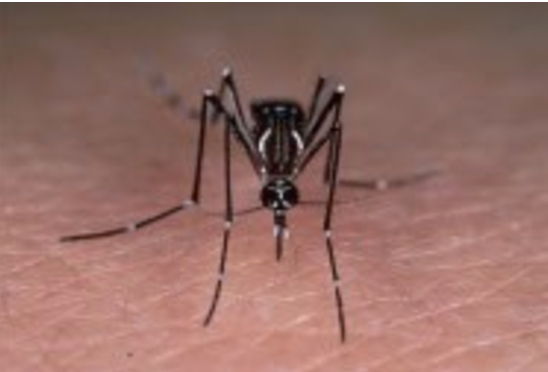Description
Material provided: Dried eggs
Unit definition: 1 mosquito transgenic line (batch of 1000 eggs)
Vector information
Family: Culicidae
Genus: Aedes
Species: Aedes aegypti
Background strain: Bangkok
Strain Name: Bangkok PhiC31 docking line number 12
Place of origin: Docking lines created by Nimmo et al (2006)
Date of colonisation: 1983
Method of identification: 3P3-CFP marker initially present in the docking strain plus 3P3-YFP or 3P3-dsRed marker linked to the transgene.
Phenotype features: 3P3-CFP positive
Maintenance cross: G0 females/males will be crossed to males/females of number 12 line to obtain G1 progeny. Positive G1 progeny will be crossed with number 12 line mosquitoes to obtain G2 progeny.
Production protocol
– Consultation on experimental design and verification of transgenic constructs to be provided by the user for microinjection (maxiprep quality, endotoxin-free and NaAc/ethanol purified);
– Production of PhiC31 integrase to be injected;
– Injection of up to 2000 embryos, followed by rearing, crossing and screening to produce G2 transgenic mosquitoes shipped to the end user;
– Production of GM line and shipping: 3 months;
– One free repeat offered if no transgenic individuals are recovered;
– The line will be maintained up to the end user receives it and observes egg hatching just after shipment, dried eggs will be kept by the provider for 3 months.
Product options
Recipient plasmid containing the attB site linked to 3P3-EYFP or EYFPnls can be provided to the end user to clone their transgene.
Publications
- Nimmo et al., High efficiency site-specific genetic engineering of the mosquito genome. Insect Mol Biol 2006 April ; 15(2): 129–136.
- Pondeville et al., Efficient ΦC31 integrase–mediated site-specific germline transformation of Anopheles gambiae. Nature Protocols 2014, 9: 1698-1712.
For more information, please contact us.

